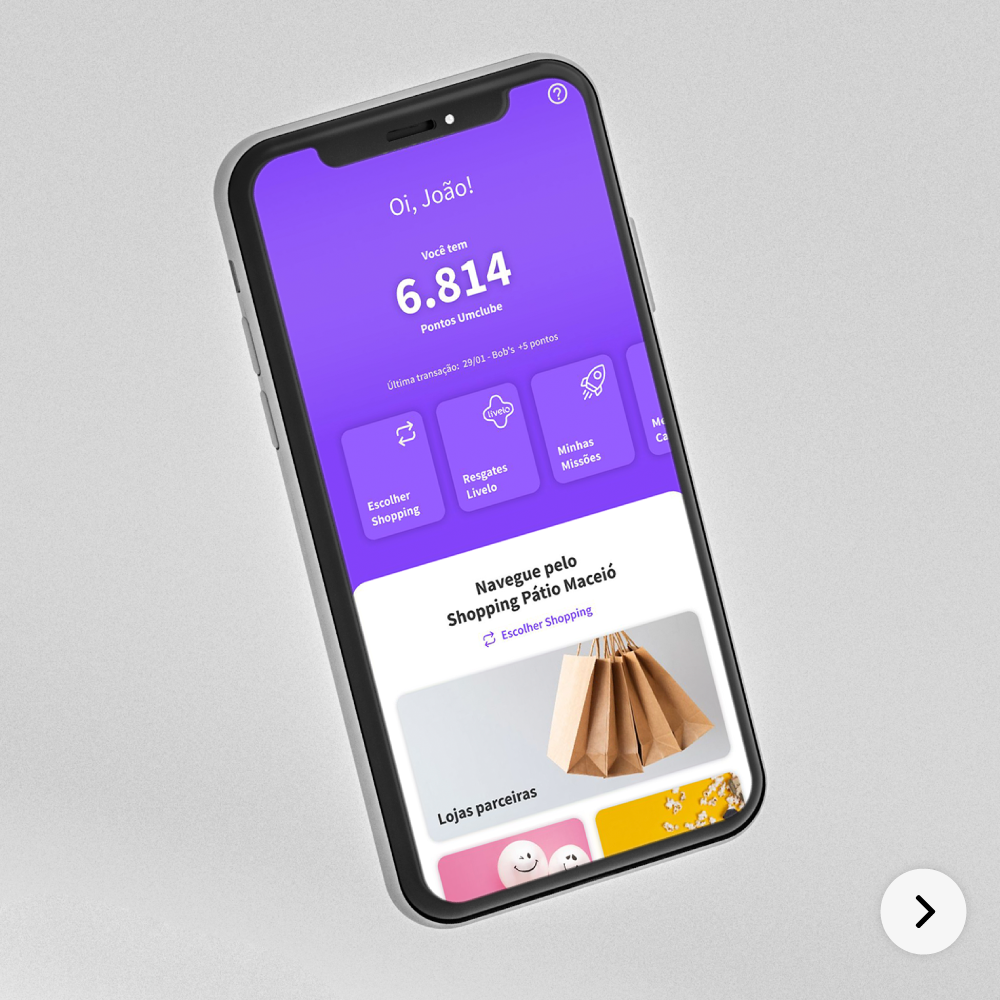Context
Omnichat is a leading chat-commerce startup in Brazil. Its technology, through channels such as WhatsApp, Webchat, Messenger or Instagram, allows a virtual store to provide conversational assistance to the consumer through a chatbot or salesperson, enabling increased sales conversion and customer satisfaction.
Problem
Companies face challenges in maintaining efficient and personalized chat support without needing to hire more staff or reduce the number of interactions, which can lead to missed sales opportunities and lower customer satisfaction.
The limitations of traditional bots, such as complex configurations and the need for human intervention in many cases, highlight the need for a solution that optimizes support quality without requiring additional human resources.
Relevant Data
Project Objectives
• Implement a conversational AI solution that enhances the efficiency and personalization of chat support.
• Increase conversions and customer satisfaction by automating common sales tasks.
• Simplify the setup and use of the virtual assistant for OmniChat’s B2B clients.
• Provide significant benefits to clients, including increased conversions with the AI Assistant, which operates 24/7 without relying on human sales representatives.
My Role
As a Senior Product Designer, I'm responsible for understanding both the company's needs and user requirements, conducting all relevant project research, interviewing users, designing the interface, conducting usability tests, and ensuring that the delivery is executed as planned in collaboration with the development team.
Desk Research
Market Research for Existing Data to understand:
• Brazilian consumers' purchasing habits and experiences
• Usage and expectations regarding AI and intelligent virtual assistants
• Brazilian consumers' purchasing habits and experiences
• Usage and expectations regarding AI and intelligent virtual assistants
Purchase Experience Data
Source: Opinion Box. See the original survey in full here
Source: Opinion Box. See the original survey in full here
Journey Mapping
Mapping of purchase journeys to identify where and how the AI Chat Commerce Assistant should operate.
E-commerce Purchase Journey
In-Store Purchase Journey
WhatsApp Purchase Journey
CSD matrix
MosCow
After analyzing the data, mapping the purchase journeys, and preparing the CSD and MoSCoW matrices, the next steps were to conduct benchmarking research with market competitors to then begin the solution design process.
Benchmarking
During the benchmarking process, we conducted a comprehensive analysis of the competitive differentials of each competitor and similar companies in the market. This study included a detailed heuristic analysis, in which we identified the strengths and weaknesses of each competitor by examining market strategies, product offerings, and customer service approaches. We also performed a meticulous evaluation of the usability and user experience of their products and services.
Based on this detailed analysis, we precisely mapped the strengths we should emulate and the weaknesses we should avoid or improve in our own strategy. This benchmarking provided us with a clear view of the competitive landscape and equipped us with valuable insights to enhance our products and services, ensuring a sustainable competitive advantage in the market.
Ideation and Conception
Brainstorming and Workshops: We conducted brainstorming sessions with the team to define Whizz's main functionalities.
Sketches and Wireframes: We developed low-fidelity wireframes to explore layouts and interactions of the virtual assistant.
Solution definition
The final proposed solution was the development of an AI chat commerce assistant called Whizz. This assistant should be capable of generating natural and human-like conversations with the end consumer, addressing all questions based on the provided data and assisting the consumer throughout their purchase journey.
For Whizz to function effectively, in addition to the entire back-end architecture, the following points were mapped for the MVP (Minimum Viable Product) development:
• Interface for configuring the assistant's prompts with client-specific definitions.
• Interface for setting up the knowledge bases to be used by the assistant.
• Interface for defining which pre-configured skills the assistant should activate.
• Interface for evaluating and training new responses provided by the AI.
• Interface for configuring the assistant's prompts with client-specific definitions.
• Interface for setting up the knowledge bases to be used by the assistant.
• Interface for defining which pre-configured skills the assistant should activate.
• Interface for evaluating and training new responses provided by the AI.
AI Chat commerce Assistant settings interface
The final interface solution, where all configurations of the AI Assistant are made (B2B), is confidential and cannot be shared publicly as it has not yet been officially released to all clients. It will be shared here to complement the project as soon as possible.
For now, you can check out a demonstration video of how the chat works for the end customer (B2C).
For now, you can check out a demonstration video of how the chat works for the end customer (B2C).
Demonstration video of using the AI Chat Commerce Assistant
Results already achieved with the new AI Assistant during the alpha phase:
• 30% of the service requests to answer questions were completely resolved by AI without needing human interaction
• 45% reduction in the volume of service requests handled by human agents
• Positive feedback from one of the clients in the alpha phase:
Project evolution
The entire team (Product Designer, Product Manager, Quality Assurance, Developers, and Stakeholders) actively engages in the continuous discovery of the new product. The AI Chat Commerce Assistant is constantly evolving, leveraging the infinite possibilities of artificial intelligence and the daily innovations in the field.


